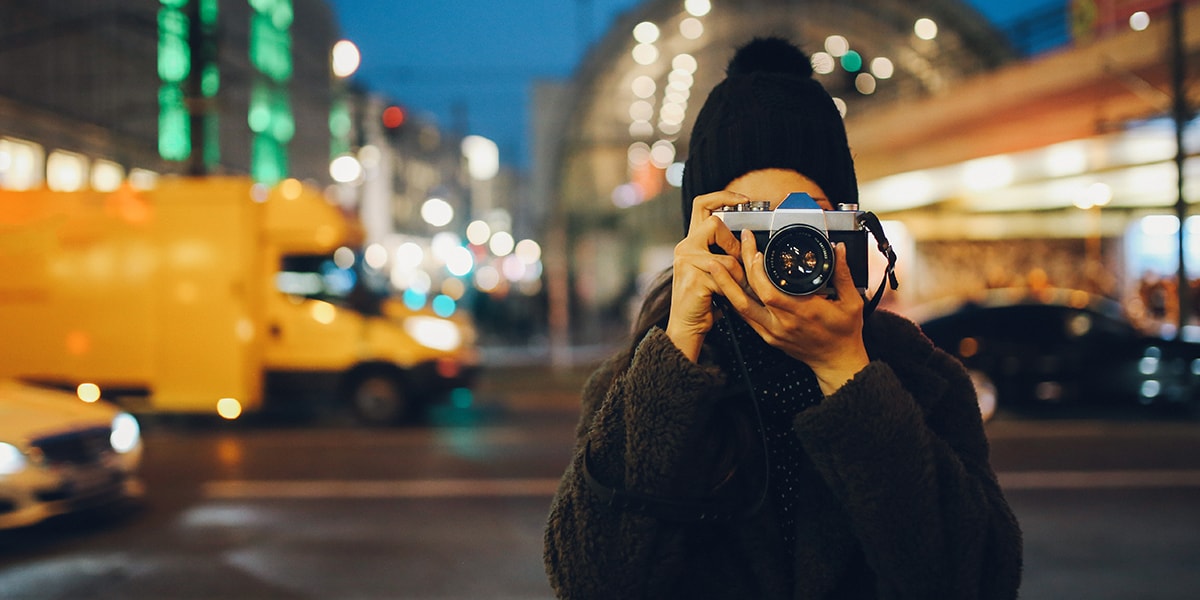Excitement About Framing Streets
Table of ContentsThe Ultimate Guide To Framing StreetsThe Main Principles Of Framing Streets Things about Framing StreetsFascination About Framing StreetsThe Framing Streets IdeasAbout Framing Streets
, usually with the purpose of catching photos at a definitive or touching moment by careful framework and timing. https://www.goodreads.com/user/show/174116073-david-turley.
, that was motivated to undertake a comparable paperwork of New York City. As the city created, Atget aided to promote Parisian streets as a deserving subject for photography.

Examine This Report on Framing Streets
Martin is the first videotaped photographer to do so in London with a masked camera. Mass-Observation was a social study organisation established in 1937 which intended to tape-record everyday life in Britain and to videotape the site here responses of the 'man-in-the-street' to King Edward VIII's abdication in 1936 to marry separation Wallis Simpson, and the sequence of George VI. Andre Kertesz.'s commonly admired Images la Sauvette (1952) (the English-language edition was titled The Crucial Minute) advertised the idea of taking a picture at what he termed the "crucial minute"; "when type and material, vision and composition combined into a transcendent whole" - copyright a7iv.
Framing Streets Fundamentals Explained
The recording machine was 'a covert electronic camera', a 35 mm Contax hidden underneath his coat, that was 'strapped to the chest and attached to a long cord strung down the right sleeve'. His job had little modern effect as due to Evans' sensitivities concerning the originality of his job and the personal privacy of his topics, it was not published till 1966, in the book Lots of Are Called, with an intro written by James Agee in 1940.
Helen Levitt, after that an educator of kids, connected with Evans in 193839. She documented the transitory chalk drawings - Best Zoom Lens that were component of children's street society in New York at the time, in addition to the youngsters that made them. In July 1939, Mo, MA's new photography section consisted of Levitt's job in its inaugural exhibitRobert Frank's 1958 publication,, was considerable; raw and commonly indistinct, Frank's pictures questioned traditional digital photography of the time, "tested all the formal policies set by Henri Cartier-Bresson and Pedestrian Evans" and "contradicted the wholesome pictorialism and sincere photojournalism of American magazines like LIFE and Time".